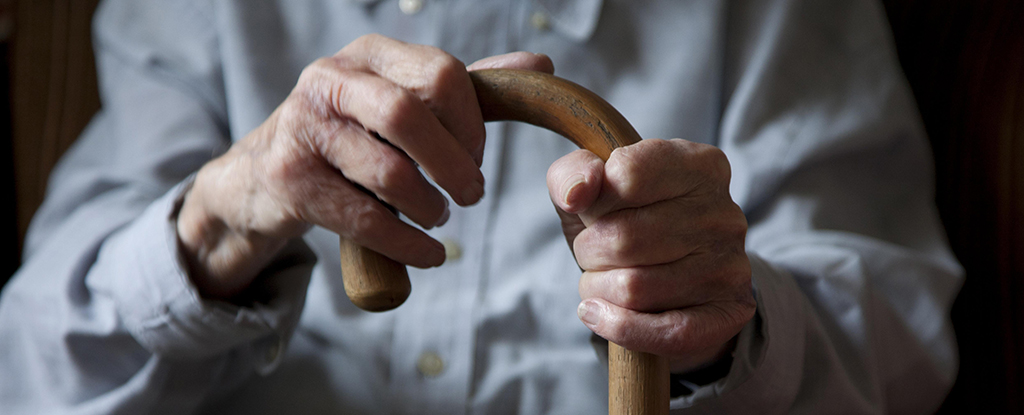
A recent study has identified a protein known as ReHMGB1 as a significant factor in the aging process, highlighting its ability to transmit cellular decline throughout the body. Researchers from the Korea University College of Medicine conducted extensive analyses, revealing how this protein travels through the bloodstream, impacting cellular health and longevity.
ReHMGB1, or reduced high mobility group box 1, triggers cellular senescence, a condition where cells become inactive and contribute to aging. This protein not only affects cells in its immediate vicinity but also sends harmful signals across the body, particularly during instances of injury or disease. The study’s authors emphasize the importance of understanding why the number of senescent cells increases as we age.
The implications of this research are substantial. By uncovering the pathway through which ReHMGB1 operates, scientists hope to develop interventions that could potentially slow the aging process and improve overall health. According to Ok Hee Jeon, a biomedical engineer at Korea University, “This study reveals that aging signals are not confined to individual cells but can be systemically transmitted via the blood, with ReHMGB1 acting as a key driver.”
Key Findings on ReHMGB1 and Muscle Regeneration
The research team conducted experiments involving various human cell types and laboratory mice. They discovered that blocking the transmission of ReHMGB1 in mice with muscle injuries led to enhanced muscle regeneration, improved physical performance, and a reduction in signs of cellular aging and systemic inflammation.
Jeon stated, “By blocking this pathway, we were able to restore tissue regenerative capacity, suggesting a promising strategy to treat aging-related diseases.” This finding highlights the potential to localize aging signals, minimizing the detrimental effects associated with aging.
While ReHMGB1 is primarily seen as a contributor to aging, it also plays a vital role in alerting biological systems to damage, indicating that repairs are necessary. Any therapeutic interventions aimed at manipulating this protein will need to consider its beneficial functions alongside its potential harms.
Broader Implications for Aging Research
The ongoing increase in human lifespan presents both challenges and opportunities for scientific research. As people live longer, understanding the various factors contributing to aging becomes increasingly critical. From genetics to environmental influences, the interplay of these elements shapes our health as we age.
The researchers stress the importance of further exploration into the role of redox-sensitive HMGB1 in aging-related diseases. They advocate for continued research to unlock its therapeutic potential and its function as a systemic mediator of senescence.
The findings of this study were published in the journal Metabolism, marking a significant step forward in the quest to understand and potentially mitigate the effects of aging. As research progresses, the hope is to develop methods that enhance healthspan, allowing individuals not only to live longer but to enjoy a better quality of life in their later years.







